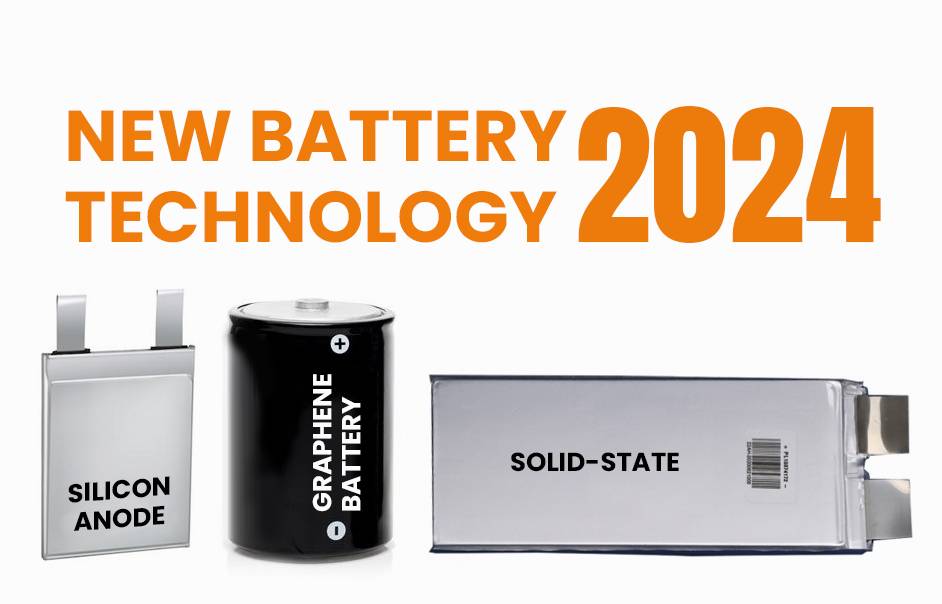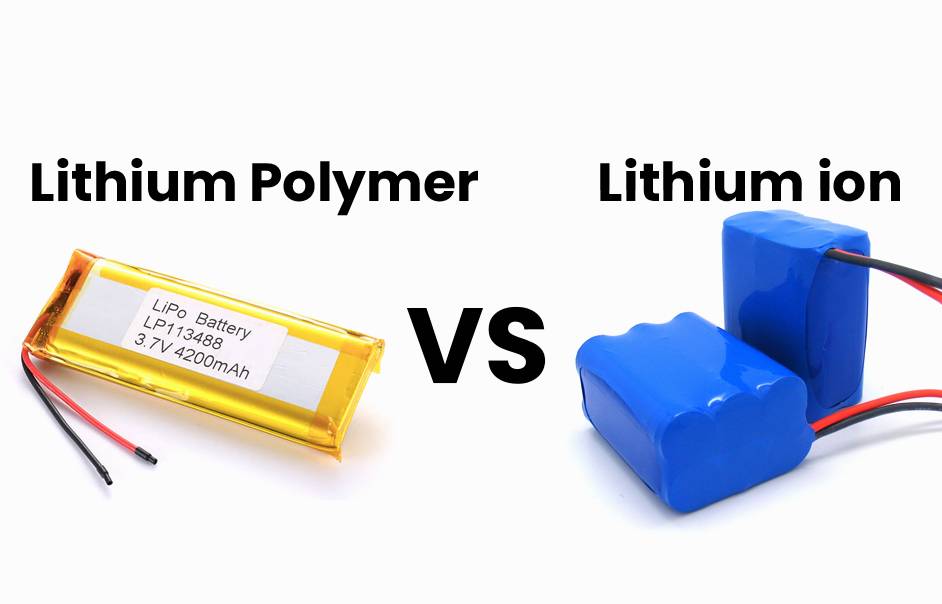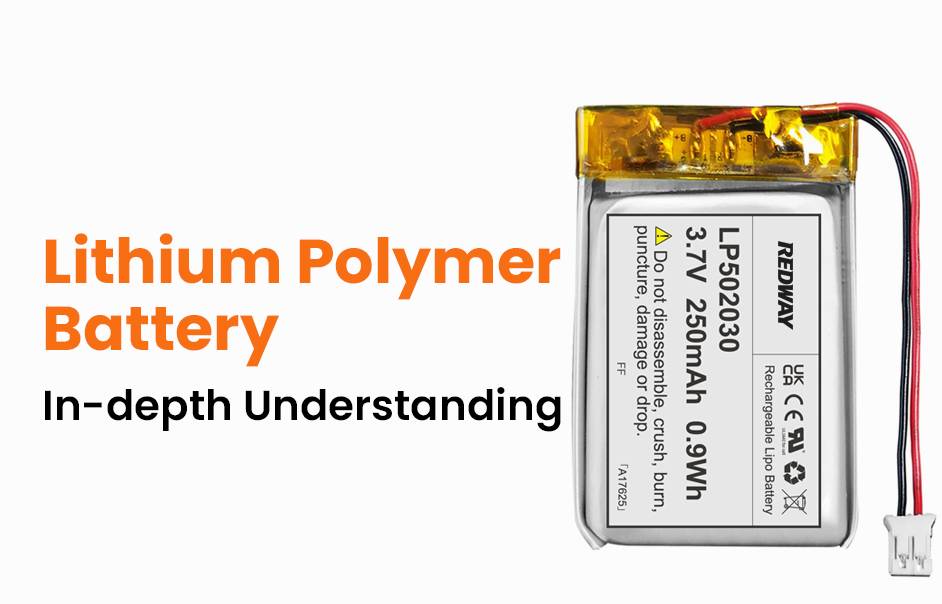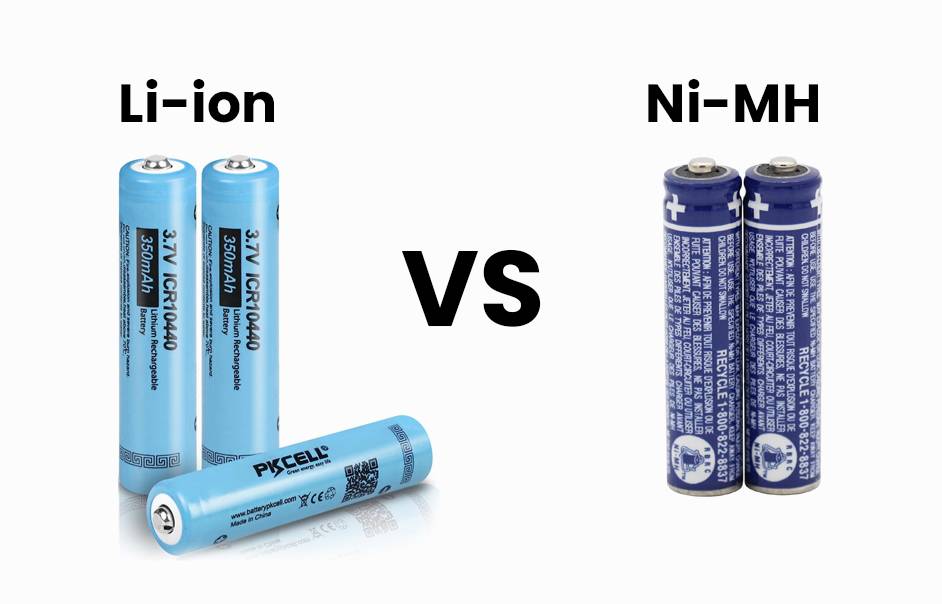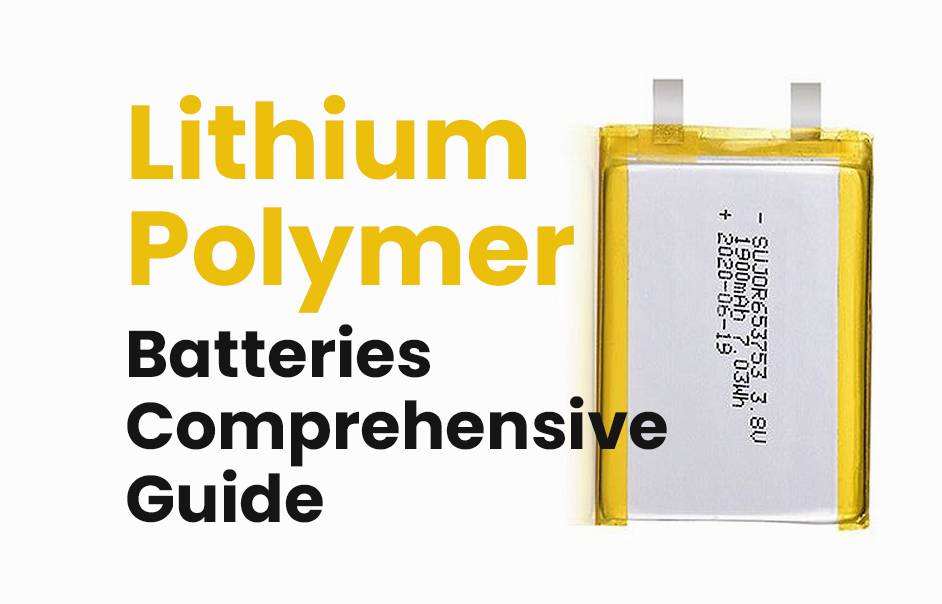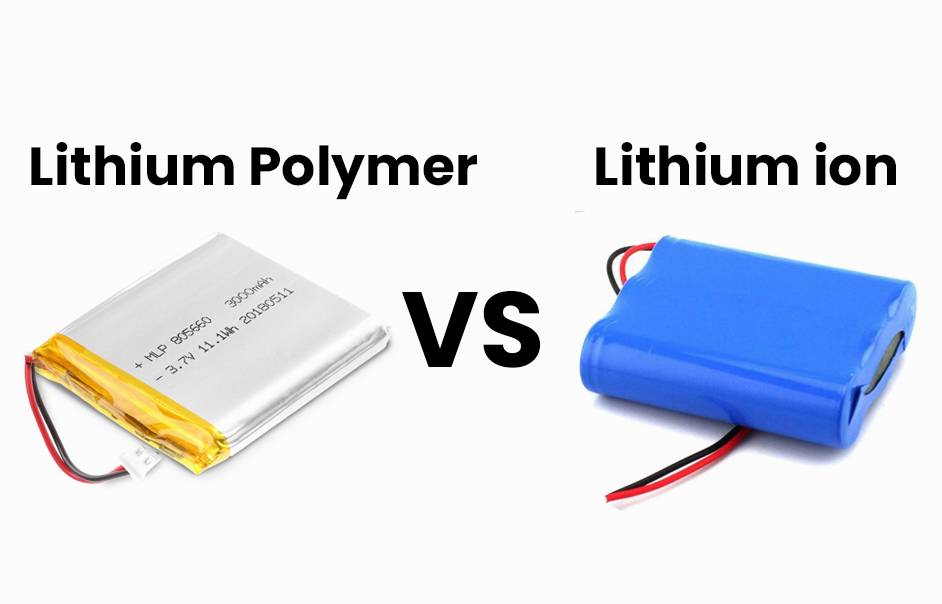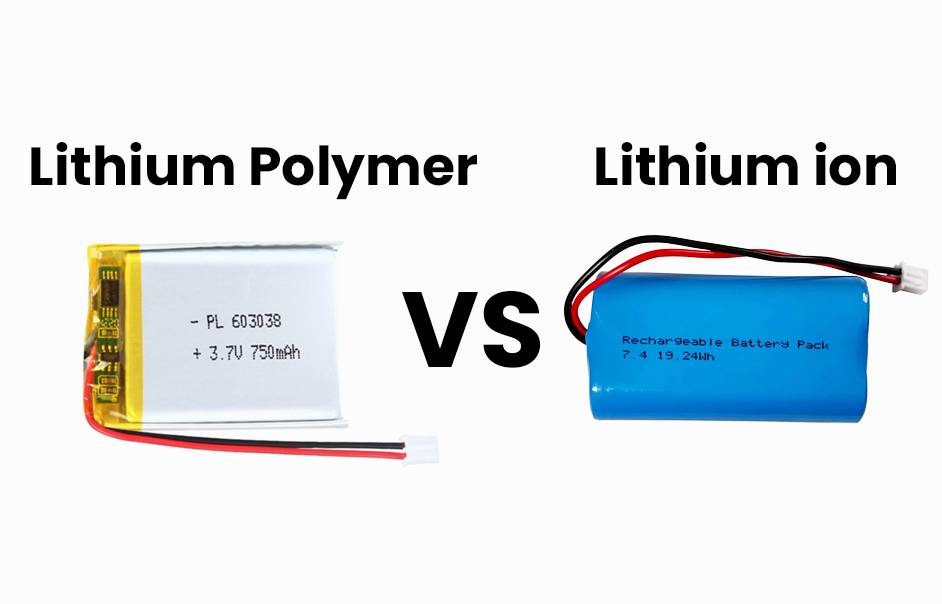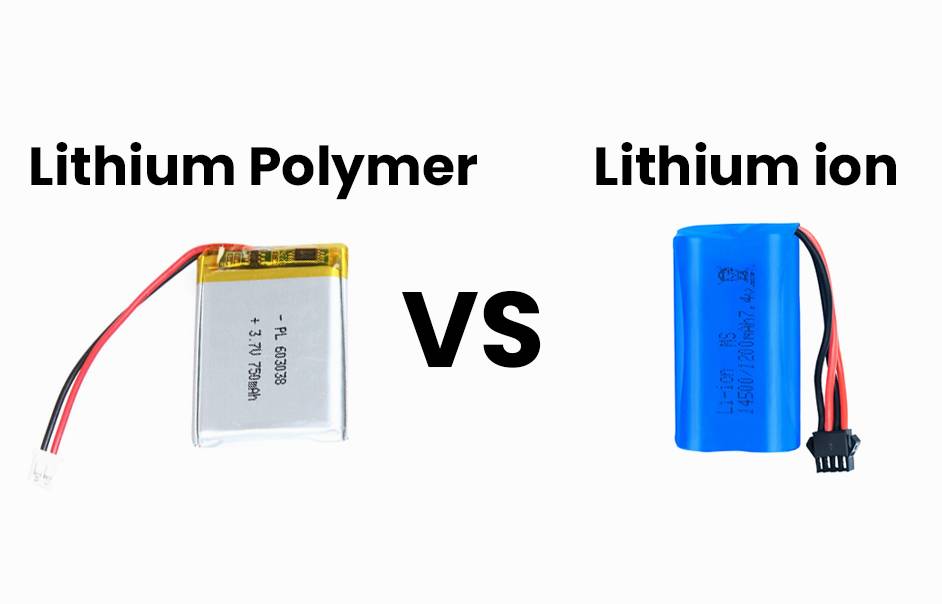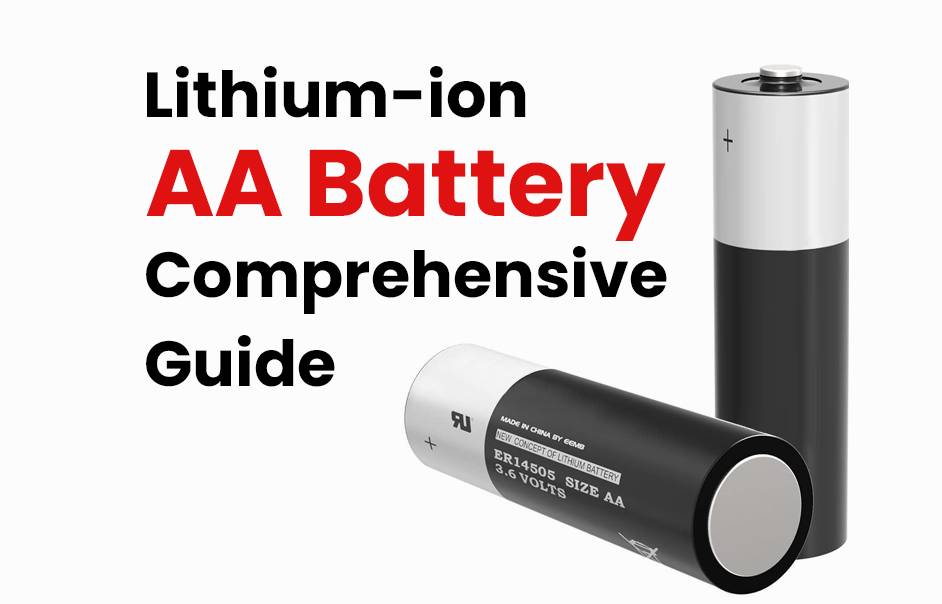- Rack-mounted Lithium Battery
- Golf Cart Lithium Battery
-
Golf Cart Lithium Battery
- 36V 50Ah (for Golf Carts)
- 36V 80Ah (for Golf Carts)
- 36V 100Ah (for Golf Carts)
- 48V 50Ah (for Golf Carts)
- 48V 100Ah (Discharge 100A for Golf Carts)
- 48V 100Ah (Discharge 150A for Golf Carts)
- 48V 100Ah (Discharge 200A for Golf Carts)
- 48V 120Ah (for Golf Carts)
- 48V 150Ah (for Golf Carts)
- 48V 160Ah (Discharge 100A for Golf Carts)
- 48V 160Ah (Discharge 160A for Golf Carts)
-
Golf Cart Lithium Battery
- Forklift Lithium Battery
- 12V Lithium Battery
- 24V Lithium Battery
- 36V Lithium Battery
- 48V Lithium Battery
-
48V LiFePO4 Battery
- 48V 50Ah
- 48V 50Ah (for Golf Carts)
- 48V 60Ah (8D)
- 48V 100Ah (8D)
- 48V 100Ah
- 48V 100Ah (Discharge 100A for Golf Carts)
- 48V 100Ah (Discharge 150A for Golf Carts)
- 48V 100Ah (Discharge 200A for Golf Carts)
- 48V 150Ah (for Golf Carts)
- 48V 160Ah (Discharge 100A for Golf Carts)
- 48V 160Ah (Discharge 160A for Golf Carts)
-
48V LiFePO4 Battery
- 60V Lithium Battery
-
60V LiFePO4 Battery
- 60V 20Ah
- 60V 30Ah
- 60V 50Ah
- 60V 50Ah (Small Size / Side Terminal)
- 60V 100Ah (for Electric Motocycle, Electric Scooter, LSV, AGV)
- 60V 100Ah (for Forklift, AGV, Electric Scooter, Sweeper)
- 60V 150Ah (E-Motocycle / E-Scooter / E-Tricycle / Tour LSV)
- 60V 200Ah (for Forklift, AGV, Electric Scooter, Sweeper)
-
60V LiFePO4 Battery
- 72V~96V Lithium Battery
- E-Bike Battery
- All-in-One Home-ESS
- Wall-mount Battery ESS
-
Home-ESS Lithium Battery PowerWall
- 24V 100Ah 2.4kWh PW24100-S PowerWall
- 48V 50Ah 2.4kWh PW4850-S PowerWall
- 48V 50Ah 2.56kWh PW5150-S PowerWall
- 48V 100Ah 5.12kWh PW51100-F PowerWall (IP65)
- 48V 100Ah 5.12kWh PW51100-S PowerWall
- 48V 100Ah 5.12kWh PW51100-H PowerWall
- 48V 200Ah 10kWh PW51200-H PowerWall
- 48V 300Ah 15kWh PW51300-H PowerWall
PowerWall 51.2V 100Ah LiFePO4 Lithium Battery
Highly popular in Asia and Eastern Europe.
CE Certification | Home-ESS -
Home-ESS Lithium Battery PowerWall
- Portable Power Stations
What to Do If Your Lithium Battery Leaks
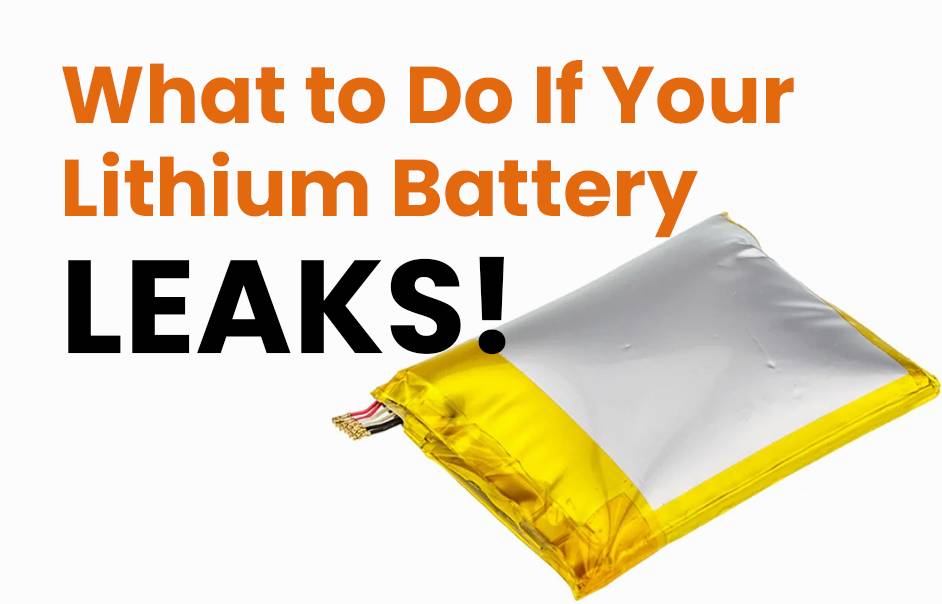
Discover the world of lithium batteries – the powerhouse behind our gadgets. But what if they spring a leak? Fear not! This blog post delves into the details of lithium battery leaks, equipping you to handle the situation like a pro. So, grab your safety goggles, and let’s navigate through this shocking scenario together!
Why Do Lithium Batteries Leak?
Lithium batteries, known for their efficiency, can sometimes pose leakage issues, creating potential hazards. Let’s explore the reasons behind lithium battery leaks and how to prevent them.
1. Manufacturing Defects: Faulty seals or insufficient insulation during production can lead to leaks. Mishandling or damage during shipping/installation also contributes to potential leaks over time.
2. Aging: As lithium batteries age, internal components degrade, increasing the likelihood of breakdown or corrosion, which may result in leaks.
3. Extreme Temperatures: Exposure to high temperatures or abrupt temperature changes weakens seals, causing materials inside the battery to expand and contract, potentially leading to leaks.
4. Incompatible Chargers and Voltage Levels: Using incompatible chargers or subjecting lithium batteries to excessive voltage levels heightens the risk of leaks.
Preventive Measures: To minimize risks and prevent lithium battery leaks, ensure proper handling during installation, avoid extreme temperatures, and use compatible chargers to maintain optimal battery health.
How to Handle a Leaking Battery
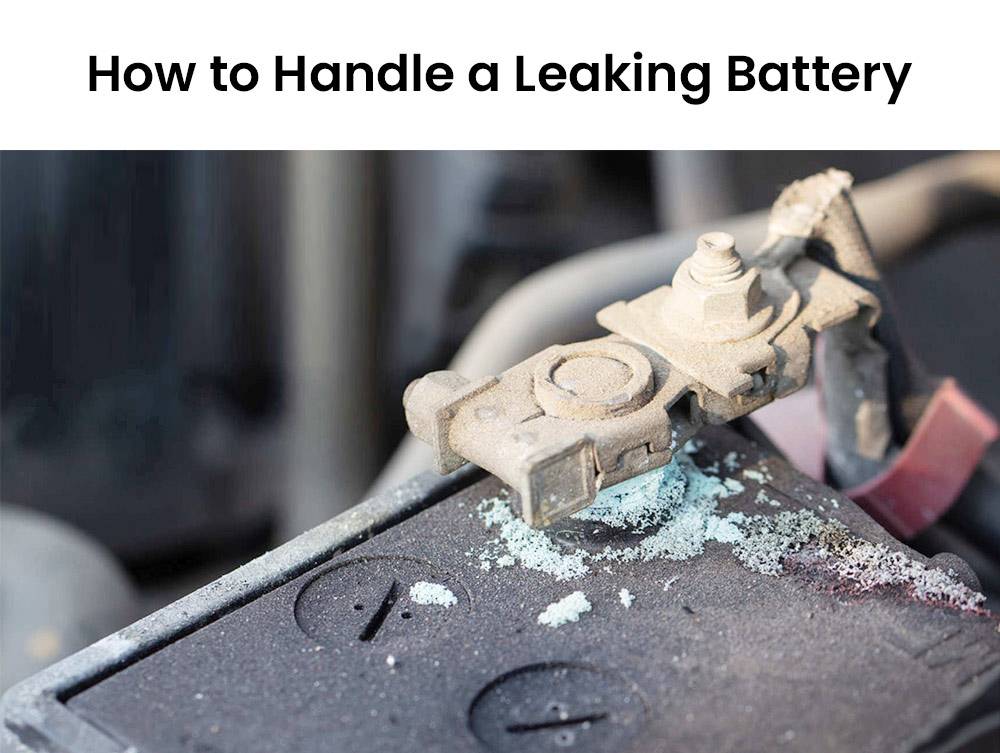
Dealing with a leaking lithium battery requires careful steps to ensure safety and proper disposal. Here’s a concise guide:
- Safety First: Prioritize safety by wearing protective gloves and eye goggles to shield against potential chemical harm.
- Remove from Device: Immediately take the leaking battery out of the electronic device. Disconnect the device from its power source, avoiding direct contact with leaked material.
- Contain and Dispose: Place the leaked material in a plastic bag or container, minimizing air contact. Dispose of it at a recycling center or follow local guidelines for hazardous waste.
- Never Reuse: Avoid recharging or reusing a leaking lithium battery, as this may cause further damage or pose fire hazards.
Handle the situation with caution, following these steps to manage a lithium battery leakage incident safely and responsibly.
Preventing Battery Leakage
Preventing lithium battery leakage is crucial for safety and device longevity. Here’s a concise guide:
- Storage: Store batteries in a cool, dry place away from extreme temperatures and direct sunlight to prevent casing damage.
- Handling: Handle batteries with care to avoid drops or mishandling that could damage the casing and increase leakage risks.
- Compatible Chargers: Use only compatible chargers to prevent overcharging or overheating, common causes of leakage.
- Regular Inspection: Check batteries for signs of damage like bulging, dents, or corrosion. Replace damaged batteries promptly.
- Avoid Mixing Batteries: Never mix different types or brands of batteries in one device to prevent compatibility issues and potential leakage.
By adopting these preventive measures, you can significantly minimize the risk of lithium battery leakage and ensure the safety of your electronics.
Common Mistakes When Dealing with Leaking Batteries
When dealing with a leaking lithium battery, avoid common mistakes to ensure safety:
- Ignoring the problem: Address even minor leaks promptly, as they can be hazardous.
- Touching the leak: Avoid touching leaked material, which may contain corrosive chemicals harmful to the skin or eyes.
- Improper disposal: Dispose of leaking batteries properly to avoid environmental risks and fire hazards.
- Using water for cleanup: Avoid using water, as it can worsen chemical reactions and cause further damage.
- Storing damaged batteries: Dispose of leaking batteries immediately to reduce the risk of accidents like fires or explosions.
- Failing to seek professional help: If unsure or facing complications during cleanup, seek professional assistance instead of attempting risky DIY solutions.
Proper Disposal of Leaking Batteries
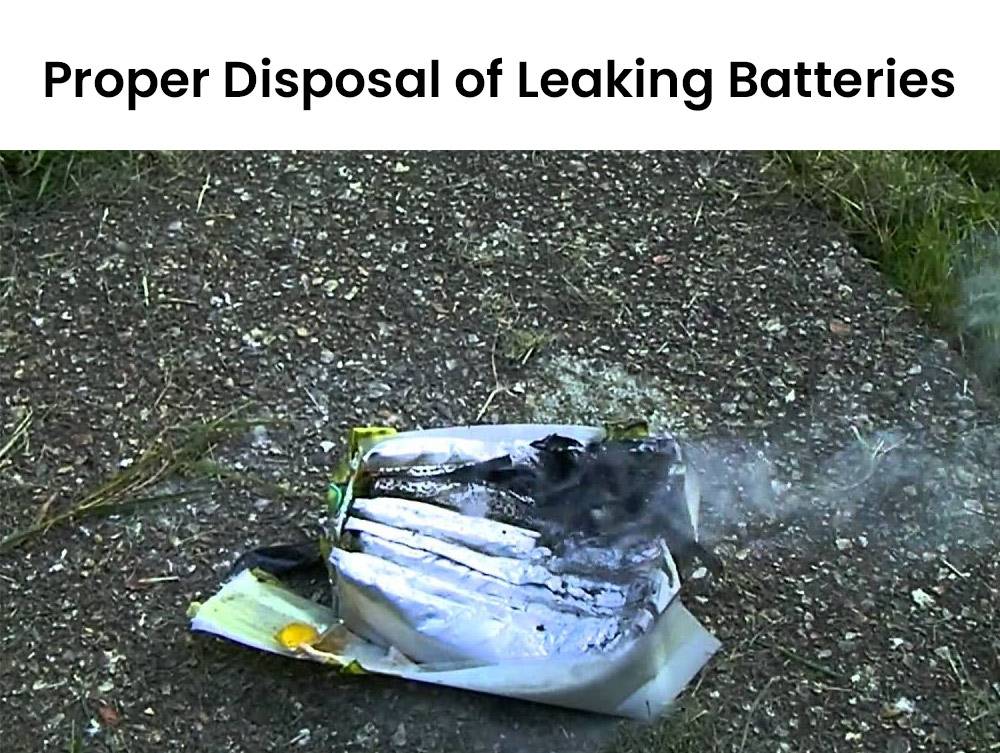
Properly dispose of leaking lithium batteries to ensure safety:
- Wear protective gloves: Guard against direct contact with leaked toxic substances. Handle the battery with care to prevent further leakage.
- Use a sealed container: Place the leaking battery in a sealed plastic bag or container designed for battery disposal to avoid additional leaks during transportation.
- Consult local facilities: Contact your local waste management or recycling center for proper disposal instructions. Many communities have designated drop-off points for hazardous materials.
- Avoid regular trash disposal: Never dispose of a leaking battery in regular household trash bins to prevent risks to sanitation workers and landfill contamination.
- Educate yourself: Stay informed about proper disposal methods for all battery types, including those that leak, to protect yourself and the environment.
Taking these steps ensures responsible disposal, preventing potential harm to yourself, others, and the planet. Stay informed for a safer, cleaner environment for future generations!
Conclusion: Keep Your Electronics and Yourself Safe
Handle leaking lithium batteries with care by following essential precautions. Prevention is key—store, inspect, and adhere to manufacturer guidelines. In case of a leak, remain calm, remove the battery safely, and dispose of it correctly. Avoid contact with leaked material, never puncture, and prevent exposure to extreme conditions. Stay informed, exercise caution, and keep your batteries leak-free for the safety of yourself and your electronic devices.
















